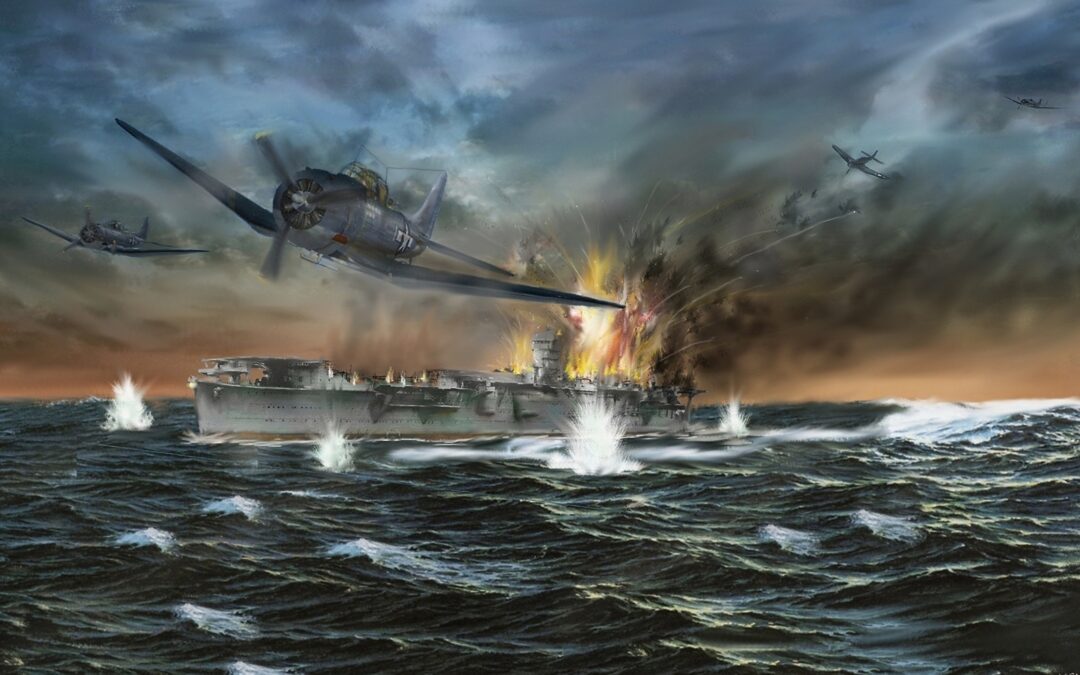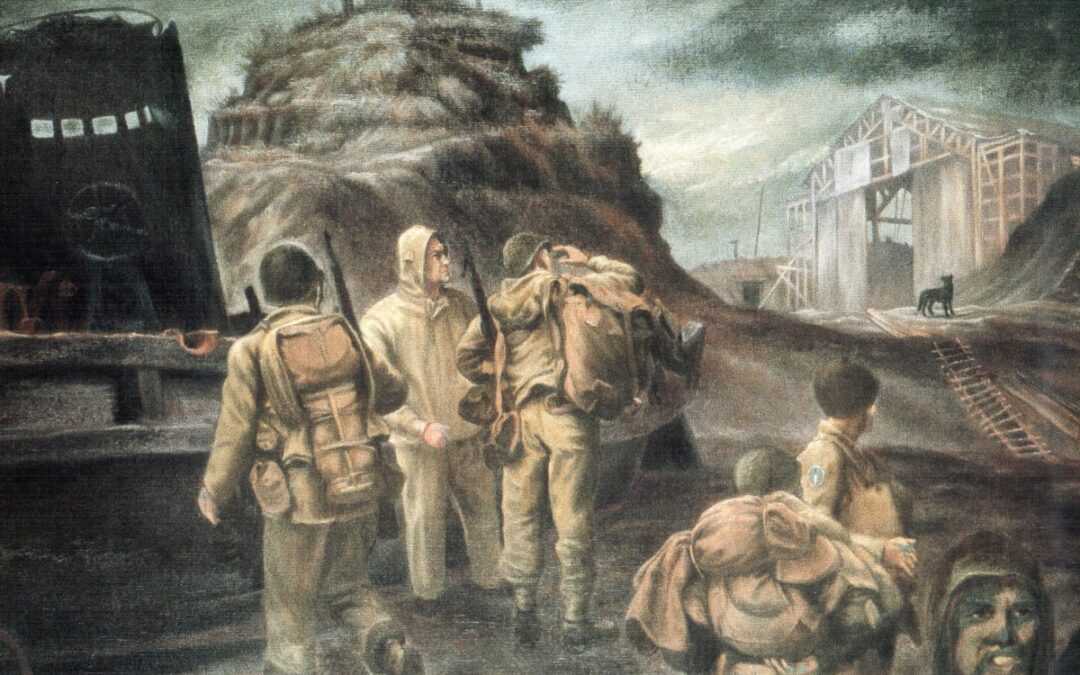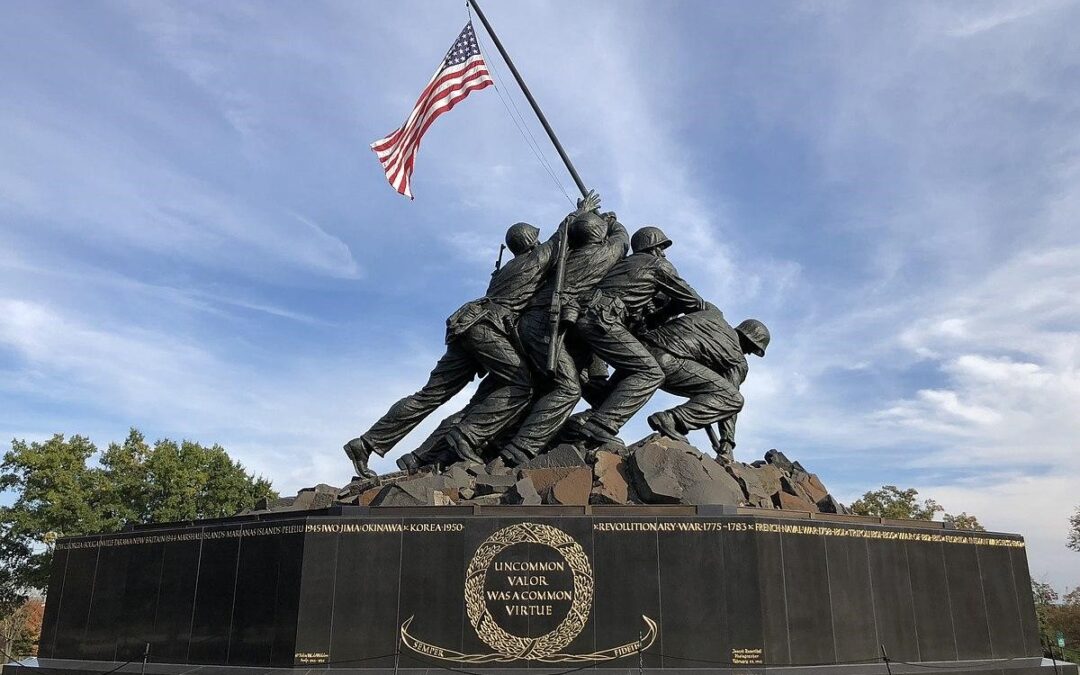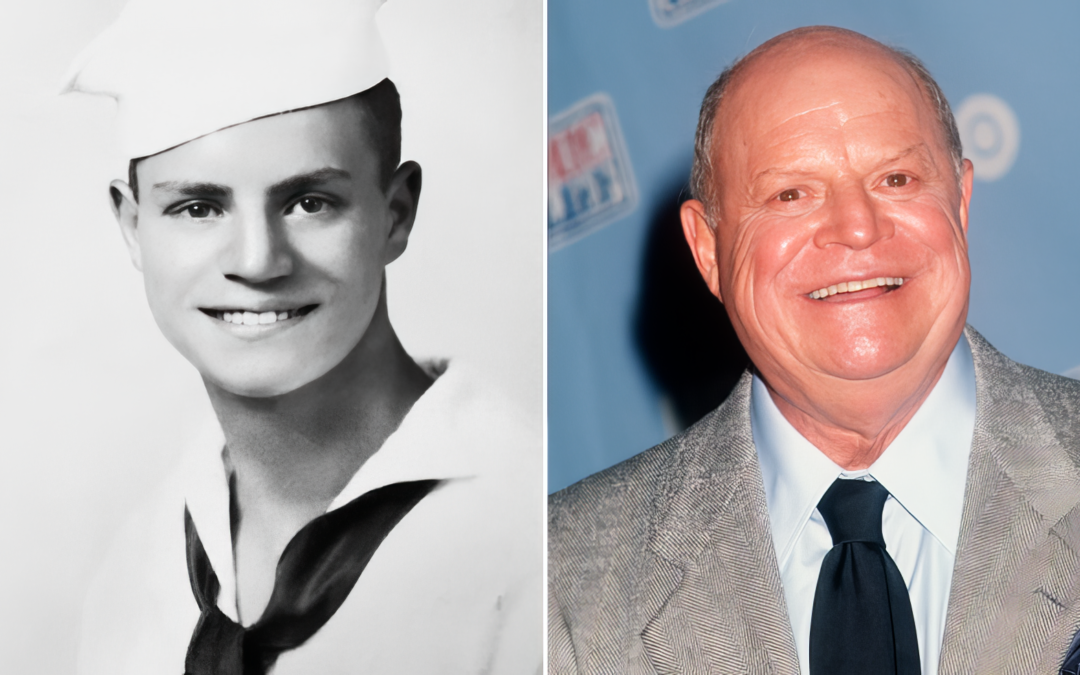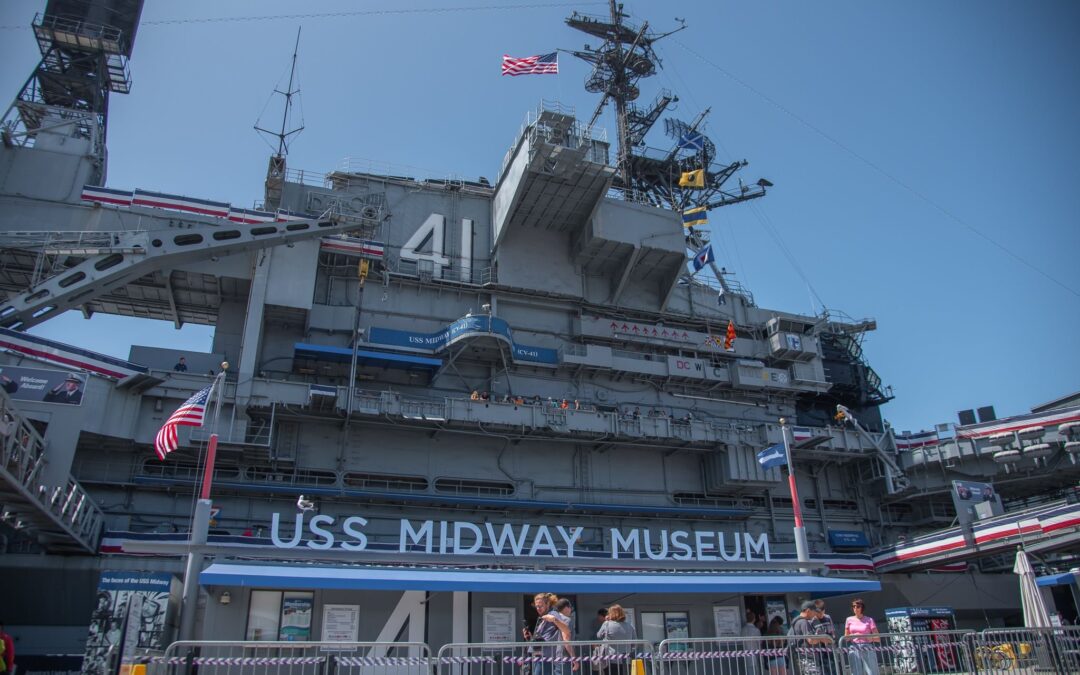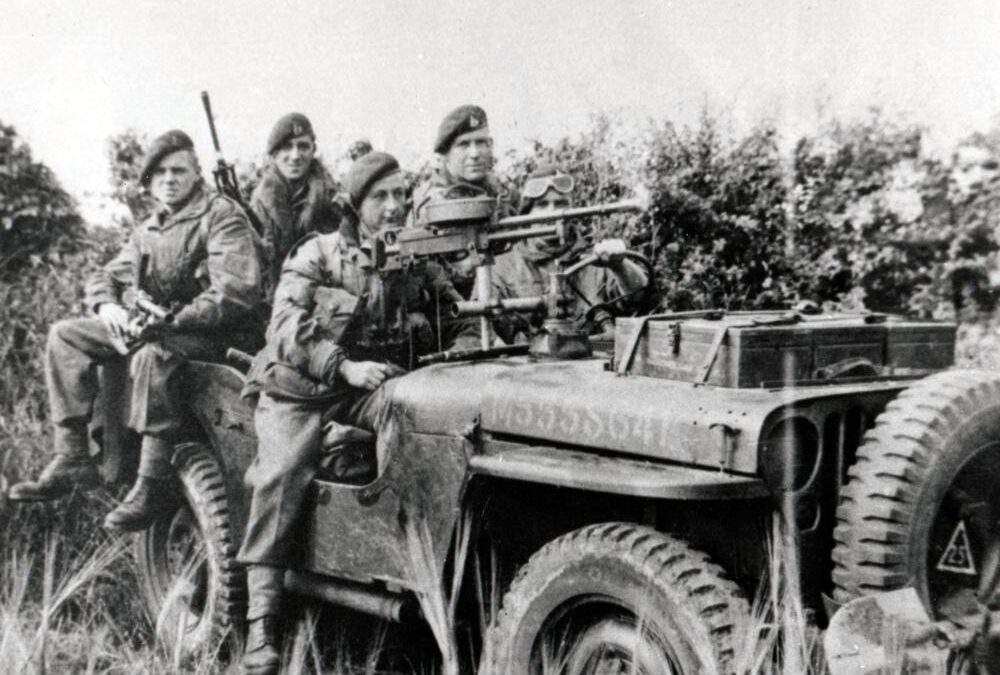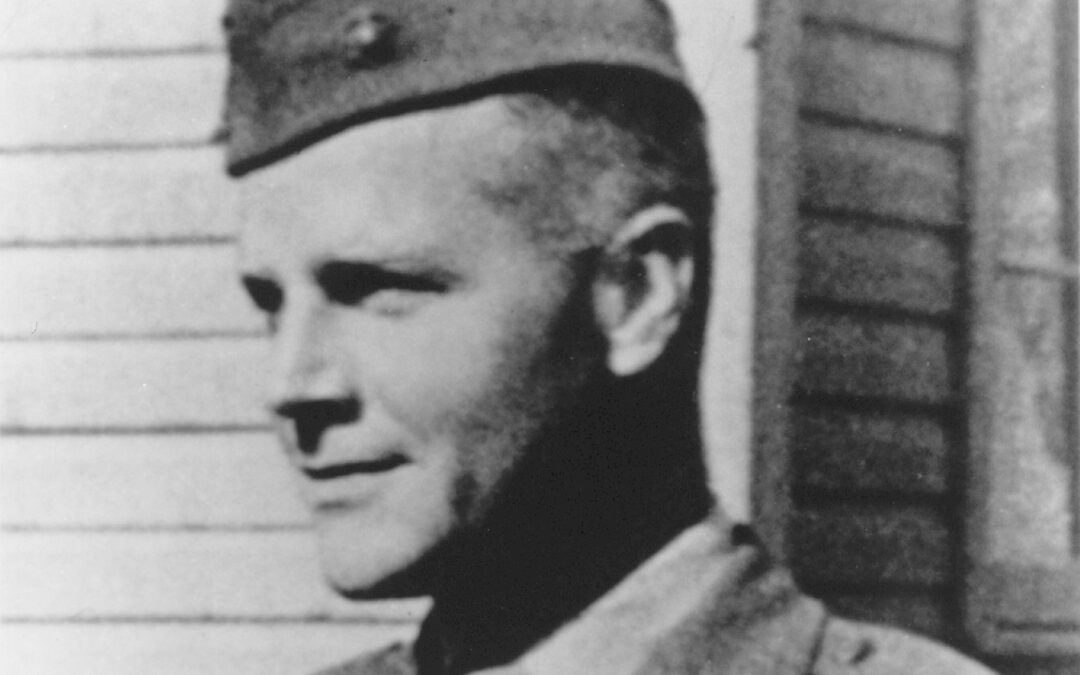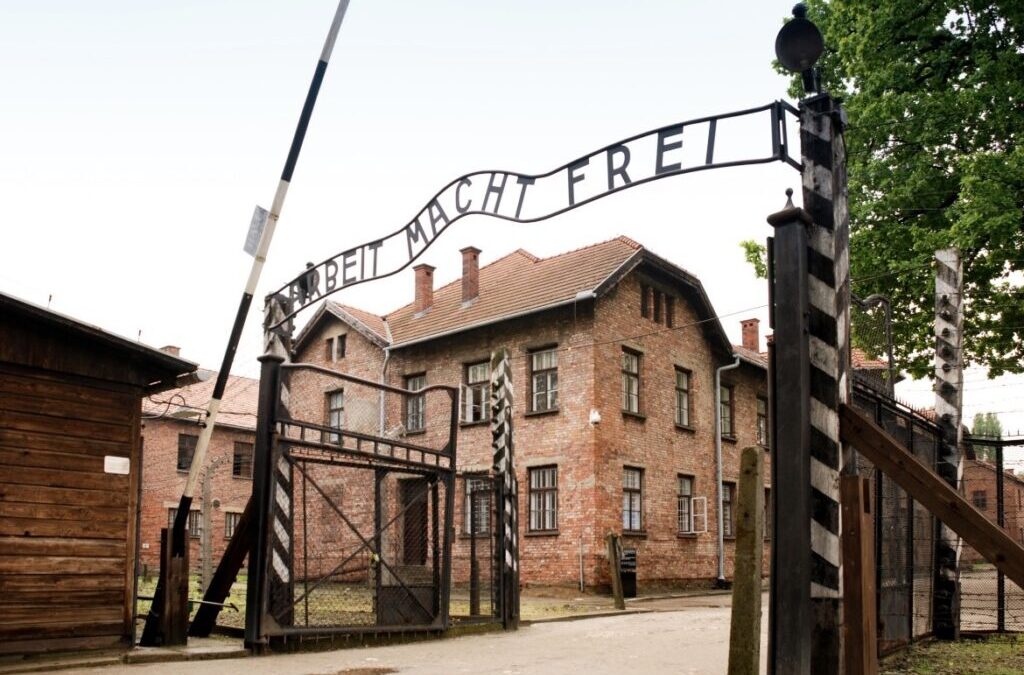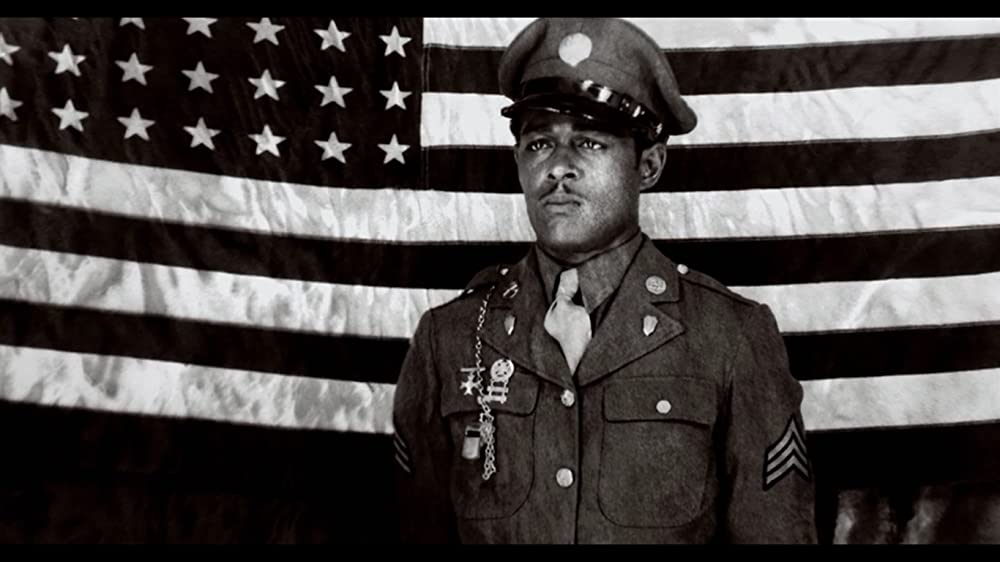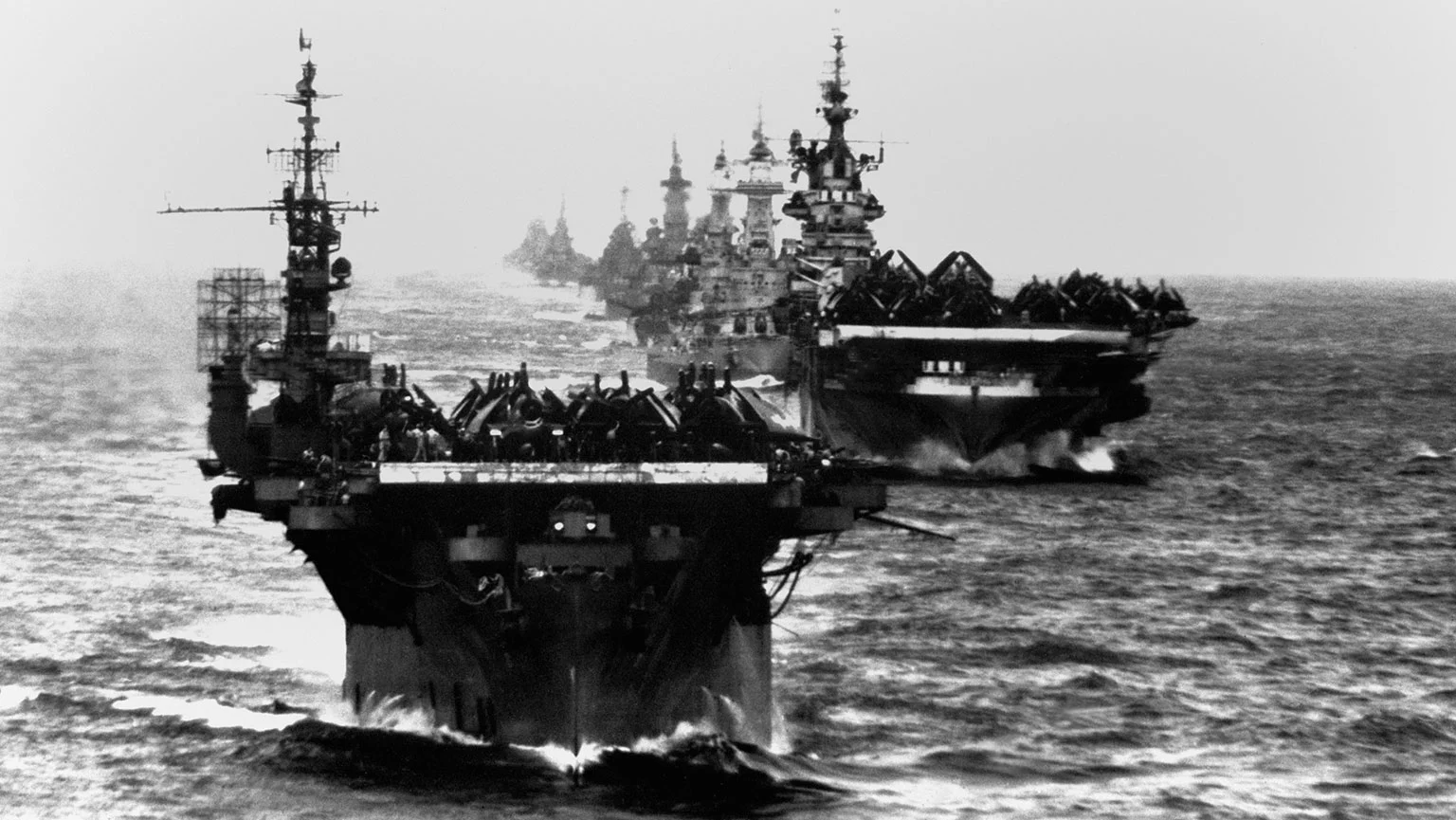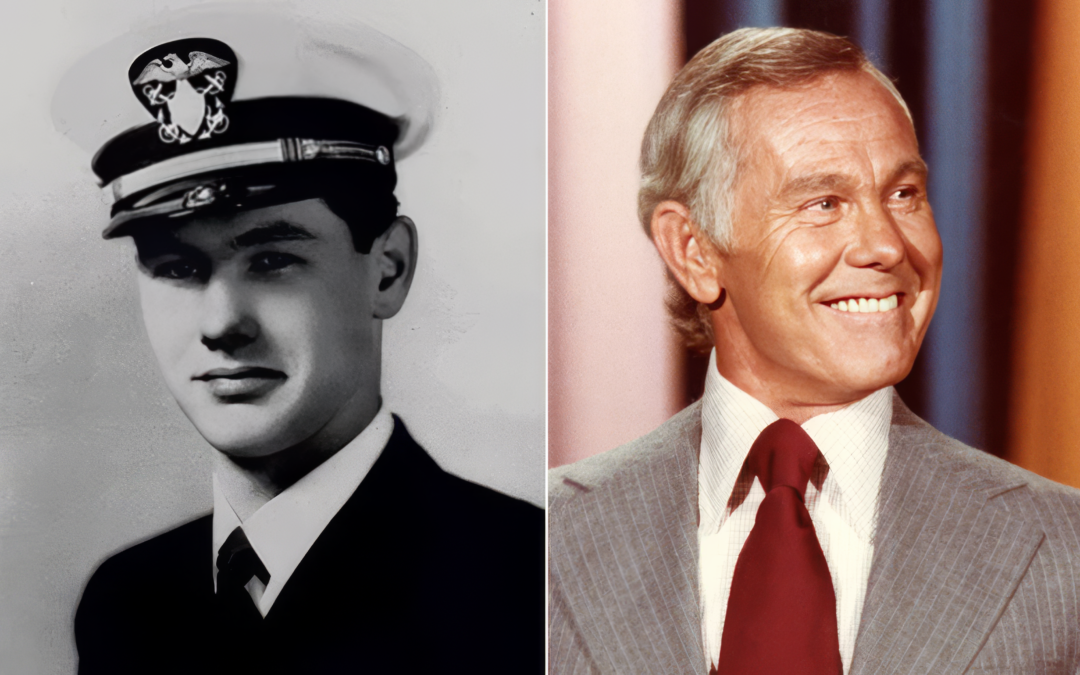Within days of their Dec. 7, 1941 surprise attack on Pearl Harbor, the Japanese Imperial Navy occupied scores of islands throughout the western Pacific Ocean. Japan's goal was to create a defensive buffer against attack from the United States and its Allies - one that would ensure their mastery over East Asia and the Pacific. It wasn't until the United States' strategic victories at the Battles of the Coral Sea (May 4-8, 1942) and Midway (June 4-7, 1942) finally halted the Japanese Empire's expansion that the Allies were free to unleash an offensive. The strategically-located Solomon Island chain, lying to the east of Papua New Guinea and critical to protecting the supply lines between the U.S. and Australia, was selected as the place to begin the island-hopping offensive campaign to take the Pacific back from the Japanese. The Solomon Island operation, America's first amphibious operation since 1898, lasted six months and consisted of a number of major battles - on land, at sea, and...
